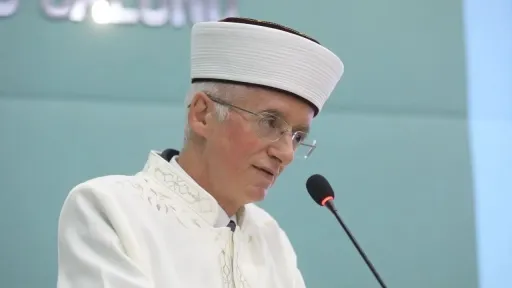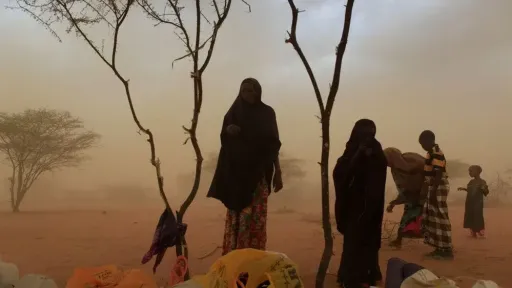1 out of 6 people in the world will be over 65 in 2050

In order to address the problems of the ageing world population, to improve the health, social and economic conditions of the elderly and to raise awareness on this issue, the United Nations (UN) decided in 1990 to declare 1 October every year as "World Day of Older Persons".
In this context, conferences and events are organised within the framework of a specific theme every year.
The theme of this year's World Day of Older Persons, celebrated by the UN for the 33rd time this year, is "Fulfilling the Promises of the Universal Declaration of Human Rights for Older Persons: Across Generations".
This year's celebration will highlight the unique character of older persons and emphasise how unity between generations can strengthen sustainable development goals.
The elderly population will increase to 1.6 billion in 2050
According to the 2023 World Social Report prepared by the UN with the slogan "Leaving No One Behind in an Ageing World", the proportion of the elderly in the world population is increasing.
The population over the age of 65 is expected to more than double from 761 million in 2021 to 1.6 billion in 2050. If this projection comes true, the elderly will make up more than 16 per cent of the world's population.
While the population aged 65 and over, which is seen as the elderly population, corresponded to 1 in 20 people in the world in 1950 and 1 in 10 people in 2021, it is estimated that this age group will constitute 1 in 6 people in the world in 2050.
In North Africa and West Asia, there were 30 million people aged 65 and over in 2021, and this number is projected to rise to 98 million in 2050. Similarly, the elderly population in Sub-Saharan Africa is expected to increase from 35 million in 2021 to 100 million in 2050.
The proportion of the elderly population in these regions is projected to experience the fastest growth in the next 30 years.
While the elderly population in East Asia and Southeast Asia was 293 million in 2021, this number is estimated to increase and reach 598 million in 2050.
In Europe and North America, which are among the regions with the highest elderly population today, the number of people over the age of 65 was recorded as 208 million in 2021. In 2050, this number is expected to rise to 303 million.
In 2050, the elderly population of East Asia and Europe will increase significantly
While it is stated that the country with the oldest population in the world will be Japan in 2021, it is thought that China's Hong Kong Special Administrative Region and South Korea will surpass Japan before 2050.
The countries with the highest proportion of elderly population in 1980 were Sweden with 16.3 per cent, Germany with 15.7 per cent, Austria with 15.4 per cent, England with 14.9 per cent, Norway with 14.8 per cent, Belgium and Denmark with 14.4 per cent, France with 14 per cent, Switzerland with 13.8 per cent and Luxembourg with 13.6 per cent.
This ranking changed drastically in 2021. In Japan, which has the world's oldest population, the elderly made up 29.8 per cent of the population. Japan was followed by Italy with 23.7 per cent, Finland with 22.9 per cent, Portugal with 22.6 per cent, Greece with 22.5 per cent, Bulgaria and Puerto Rico with 22.4 per cent, Germany with 22.2 per cent, France's overseas territory Martinique in the Indian Ocean with 22.1 per cent and Croatia with 22 per cent.
In 2050, the proportion of elderly population in East Asian countries is expected to increase significantly. According to the report, 40.6 per cent of Hong Kong's population will be elderly in 2050. Hong Kong will be followed by South Korea with 39.4 per cent, Japan with 37.5 per cent, Italy with 37.1 per cent, Spain with 36.6 per cent, Taiwan with 35.3 per cent, Greece with 34.8 per cent, Portugal with 34.5 per cent, Singapore with 34.2 per cent and Kuwait with 33.6 per cent.
Health conditions and education affect the quality of life of the elderly
The living standards of the elderly show significant differences according to the conditions they live in.
The prevention of poverty and the creation of suitable employment opportunities before old age are important to ensure economic security for the elderly.
It is emphasised that improved hygiene conditions and more accessible education help people to live longer and healthier lives.
Income inequality and unfavourable working conditions
While many older people live a prosperous and healthy life, many others live in poverty and illness.
In the UN report, it is emphasised that health and working conditions affect each other and it is stated that poor health conditions prevent decent work opportunities and unfavourable working conditions harm human health.
Income inequality, educational attainment and access to health services affect life expectancy and health status in old age.







